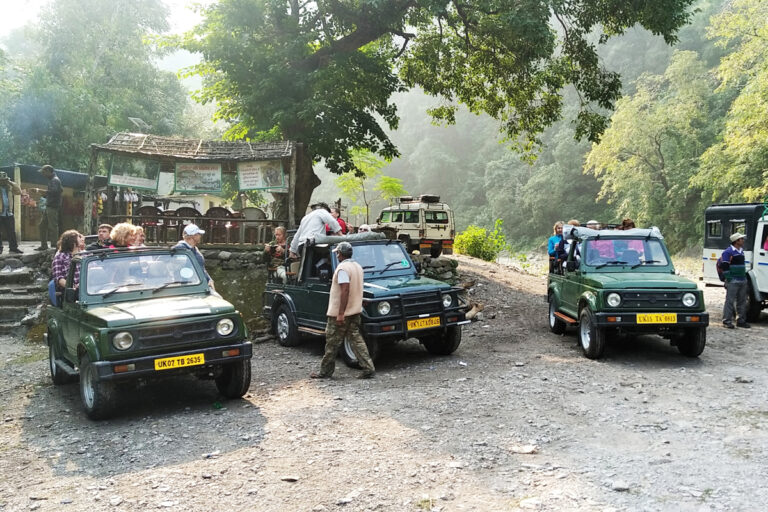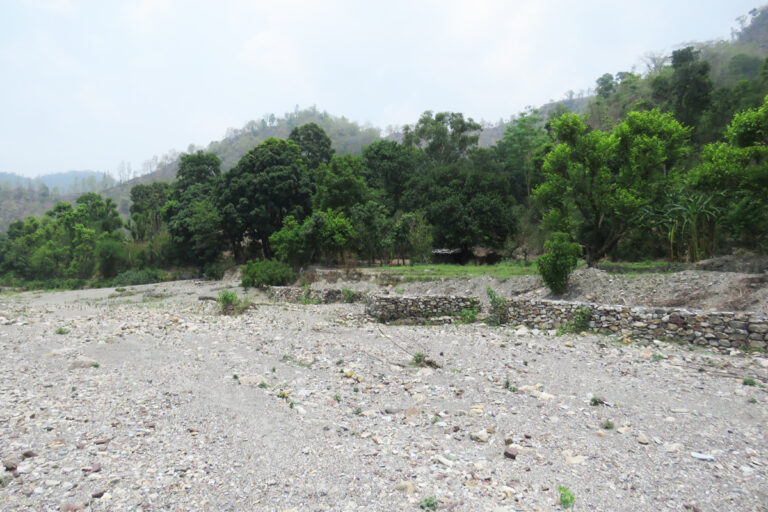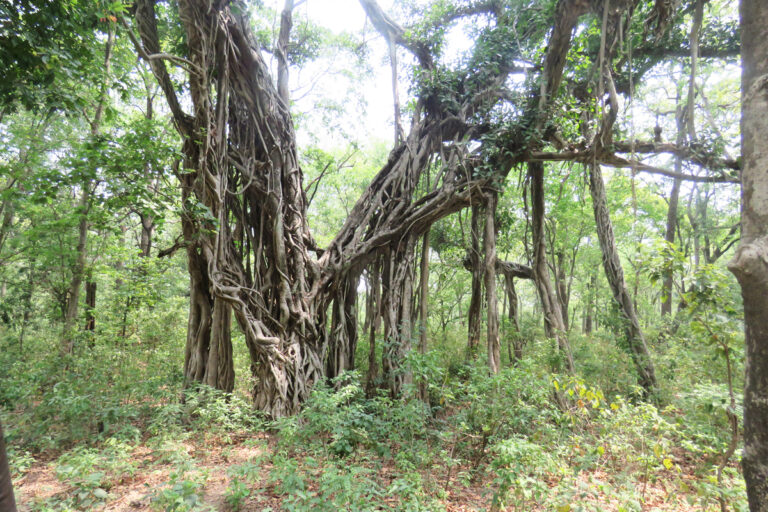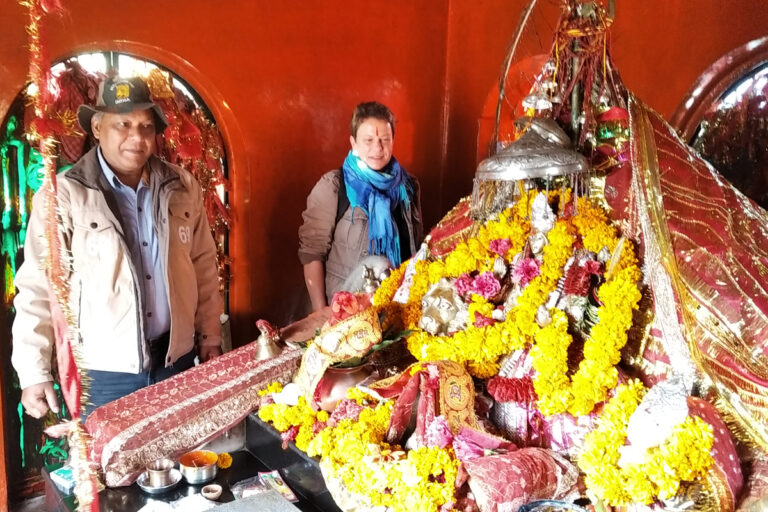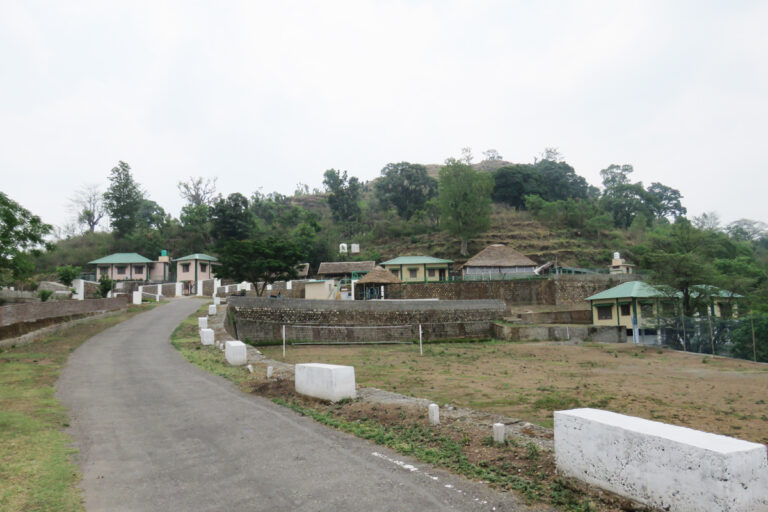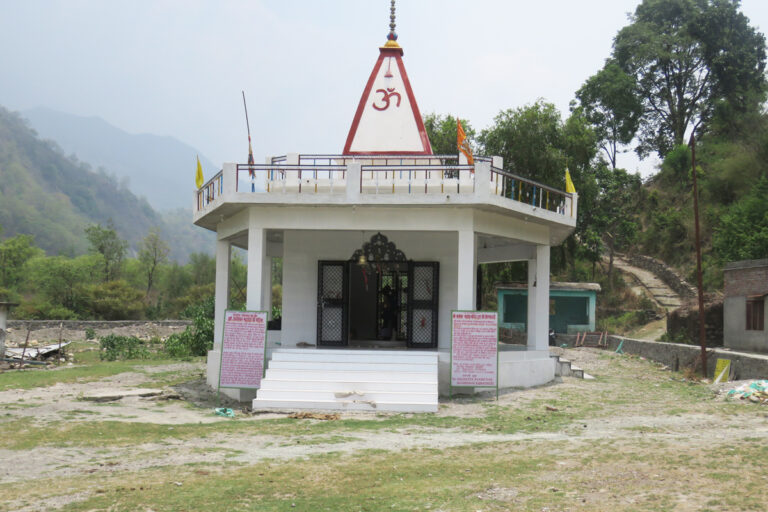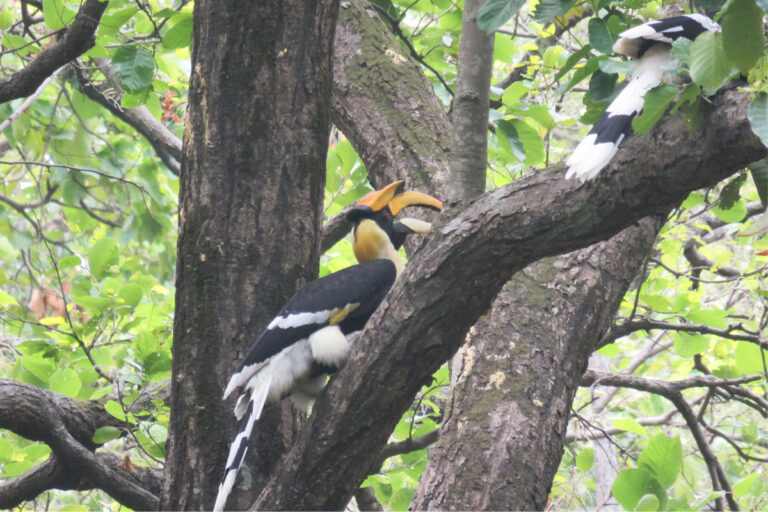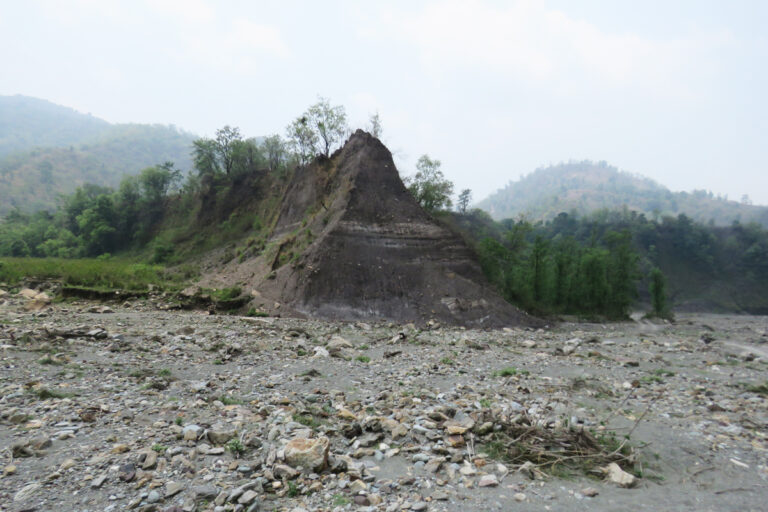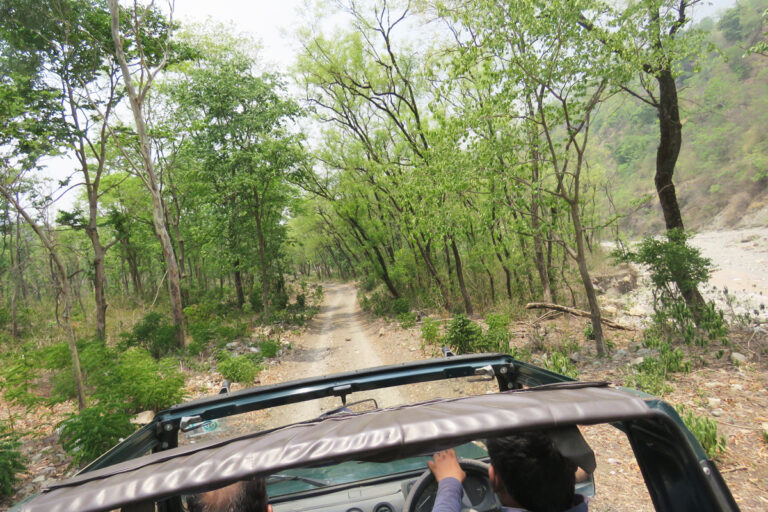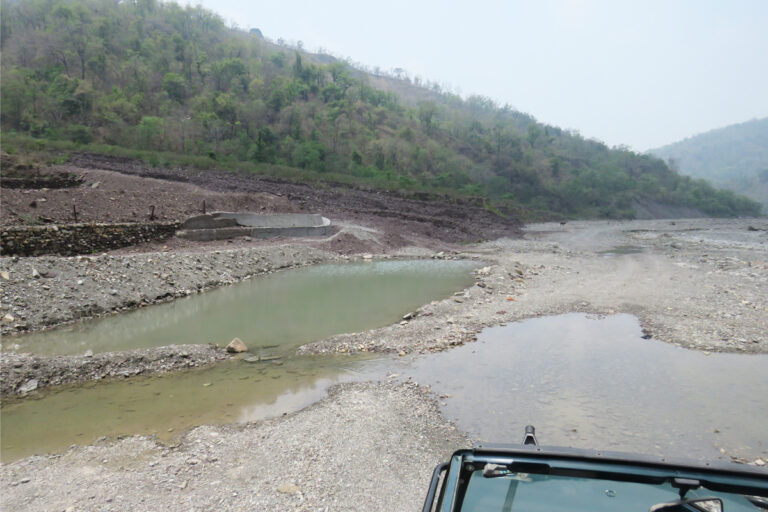GOHRI RANGE
Ghori Range – A Biodiversity Hotspot in Rajaji Tiger Reserve
How to Reach Tedon Valley & Ghori Range
The Ghori Range forms the northeastern section of Rajaji Tiger Reserve, offering a rich mix of ecosystems, including dense forests, vast Saccharum grasslands, and diverse deciduous woodlands. Situated within the Sub-Himalayan biome, Ghori is an ecological treasure trove, making it a prime destination for wildlife enthusiasts, birdwatchers, and adventure seekers.
Geographical Highlights
🌿 Prime Wildlife Habitat: Ghori Range features lush forests and rolling grasslands, fostering diverse flora and fauna.
🌊 Water Sources: Several perennial streams, including the Tedon (Badasni) River, ensure year-round water availability, sustaining an impressive variety of wildlife.
🏔 Unique Terrain: The eastern and northern parts of Ghori Range are surrounded by hill villages, while the western slopes gently descend toward the sacred Ganges River.
🚰 Chilla Canal: Flowing through the southwestern corner, the canal adds to the rich aquatic ecosystem of the region.
Tedon Valley – A Haven for Wildlife & Birdwatching
The Tedon River, also known as Badasni, runs along Ghori’s eastern flank, creating an idyllic setting for birdwatching and wildlife spotting.
🔹 Diverse Wildlife: The lush landscapes support mammals, birds, reptiles, and invertebrates, making it a wildlife enthusiast’s paradise.
🔹 Birdwatcher’s Delight: The area is renowned for birdwatching, with eco-resorts along the river offering guided birding tours.
🔹 Eco-Tourism Hub: Three eco-resorts along the Tedon provide sustainable lodging options, with two offering expert-led nature experiences.
🚙 Jeep Track Access: The Tedon Valley is accessible via a jeep trail running along the Binj Rao seasonal riverbed.
🛤 Always Open Route: This road serves as a crucial link to the villages in Ghori’s eastern region, ensuring year-round accessibility.
Why Visit Ghori Range?
✅ Diverse Ecosystems – From forests to riverbanks, a variety of landscapes for nature lovers.
✅ Rich Wildlife – Home to rare mammals, birds, and reptiles.
✅ Prime Birdwatching Spot – One of the best areas for birding in Rajaji Tiger Reserve.
✅ Scenic Landscapes – Stunning views of the Shivaliks, grasslands, and the holy Ganges.
✅ Eco-Tourism Opportunities – Sustainable stays and guided safaris for an immersive experience.
For an authentic wilderness experience, Ghori Range & Tedon Valley offer a perfect blend of adventure, wildlife, and tranquility. Plan your visit to explore this hidden gem of Rajaji Tiger Reserve! 🌿🐅
A winter dawn is a good time to enter Ghori, as one will be facing east. As dawn breaks over the rugged forested ridges on the horizon, the sky will seem to catch fire. ever so slowly. The heavens will change from purple to pink to Initially, one transits a patch of riverine forest. The water table is high, which creates good habitat for riverine flora. Kanju (Holoptelea integrifolia)- trees are common, with an understorey of Rohini trees. Langurs feed on the Kanju leaves and Cheetal will feed on the dropped leaves. This is good habitat for ungulates. Wild Boar too are seen, and possibly Nilgai.
Among birds, winter migrants will be aplenty. Black Stork roost here and-feed on freshwater crabs jn the- Tedon. River Lapwing and Northern Lapwing, too. Grassland birds are visible as_ are Indian Roller, Black- and Spangled Drongo, Indian Silverbill, Baya Weaver and Scaly-breasted Munia. Raptors include Black-winged Kite, White- eyed Buzzard, Common Kestrel and Shikra. Peafowl are numerous, and one may watch out for lndian Hare hopping across the track or even, at dawn or dusk, an elusive Porcupine.
The Vindhyavasini temple is soon reached reached, looming over_the narrow valley, where the Tedon has taken a northward left turn. One may alight and walk up to the temple, which has a very long history going back, according to local belief, to the time of Ram and Sita. The Taal stream meets the Tedon. The Ancient Vindhyavasini temple.
The view from the Vindhyavasini temple shows the rich habitat mix of deciduous forest and farming terraces. Proper here, below the temple. Just a few decades ago were no roads and all people travelled on foot, this was on a pilgrim trail from chilla to Vindhyavasini to Neelkanth.
Since the water in both stream is perennial, there have been small villages in this area for centuries, if not millennia, they still do some terraced farming along the streams. Ergo, there fields attract seed-eating birds such as finches, bushchats robins, stonechats weavers and sparrows. At times, wild boar may raid their fields. One Curious historical oddity is a water mill close to the confluence. It user ancient low-tech means to grind grains into flour but still functions rather efficiently. One must next take the left turn to head north along the valley of the Tedon.
Often, ones sees familiar of elephants, here to bark-strip the areas Rohini and Ber trees and feast on the round fleshy mango-like fruits the Bel tree. One may ponder their huge dunge. As elephant metabolism is inefficient. Nesting material is plucked to birds from the undigested fibers Birds feed on the insects attracted by the nutrients; Indian Rollers and Gohri Bee-eaters may lurk in waiting in forests along the Tedon included Sal, Bakhli (Anogeissus latifolia), Ber (Zizyphus mauritiana), Kaitha (Limonia acidissima) and ficus wild fig trees. Their leaves, flower and fruit are favoured by ungulates, langurs and birds alike. The villagers have also planted numerous fruiting tress and flowering shrubs.
With its old-growth forest and fruiting tress, the Tedon valley hosts all three species of hornbill. Indian Grey Hornbill sometimes seen in noisy screeching flocks of several dozen. Less often, the Great Hornbill is seen, in overflight. Befitting the sheer majesty of this noble bird, it is known locally as the Banrao or Vanraj-the Forest King. Red Junglefowl and Khaleej Pheasant too are visible.
Hyena, Ruddy Mongoose and Jungle Cat Kakar are uncoomon here, thought they abound elsewhere in similar forests. As one drives slowly up the narrow valley, as far the jeep tracks allows (the last eco-resort looms over the stream at left), one may also contemplate the role non-native invasive species are playing in the Rajaji ecosystem, and in India in General. Birds and butterflies love Lantana nector, and have propagated it well into the mid-altitudes of the Himalaya. Another invasive shrub here is ‘Vilayati Babul’ (Prosopsis juliflora), which sadly Great Hornbill Buceros bicomis 125 cm. In times gone by, shikar was common here, indulged in both by locals and by British burra Sahibs. Leopard Pugmarks on the sandy banks of the Tedon speak to their presence here. More rare are tiger prints, but some tigers do have territories in this area. Finally, Himalayan Black Bears descend to this valley in the winter from the higher Sub-Himalayan ridges. Indeed, the highest point in Rajaji, at 1,393m (4.582 ft) is in this area. Both sloth and black bears were once coveted trophies for shikaris. The more dangerous creature in Rajaji by wide margin, is indeed the bear.

